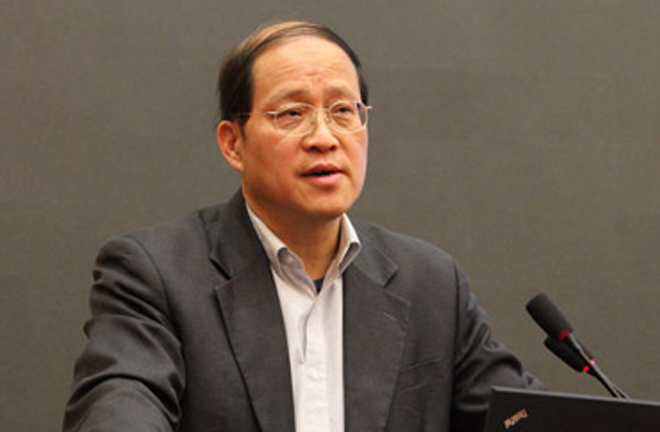LIU ZHIBIAO AND WANG JIANGUO: Workmanship, innovation compatible
 As automation, intelligent technology and scientific management become increasingly applied in industrial production, is it necessary to stress the importance of workmanship? Does emphasis on workmanship contradict the encouragement of innovation?
As automation, intelligent technology and scientific management become increasingly applied in industrial production, is it necessary to stress the importance of workmanship? Does emphasis on workmanship contradict the encouragement of innovation?
Workmanship is indispensable whether in traditional workshops or in the industrial age of machinery production. Workmanship may change its form, but its nature does not change.
Workmanship in Europe before the Industrial Revolution was inseparable from the form of division of labor in which production was carried out in small but inclusive workshops. After the Industrial Revolution, the production of every kind of commodity was broken down by machines into systematic processes and delicate chains of labor. Workmanship found expression in specialized division of labor and cooperation among groups rather than individual production.
Artisan production gradually lost its charm with the advent of modern production methods. However, the production of most products and services with high added value is still closely related to workmanship.
For example, a large amount of specialized human resources, technologies and knowledge are applied in machines and software, representing systematic and scientific orchestration of crafts and skills, laying the foundation for improving both product quality and production efficiency.
At the same time, modern workmanship, reflected in innovations in terms of organization, processes and technology, also facilitates large-scale and low-cost modern industrial production.
Should workmanship still be prized in an innovation-driven age? It depends on the way we conduct innovation. If we pursue gradual innovation while maintaining the existing order, the Japanese style of workmanship should be valued. If we pursue innovations that create entirely new things or groundbreaking innovations, the American style of entrepreneurship should be valued.
According to theories of Clayton Christensen from Harvard University, product innovation is predominant at the initial stage of industrial development. However, at a critical point when the mainstream design is formed, the innovation in production process gradually dominates.
The dominant companies within an industry usually stress constant improvements and innovations to existing products, which always cost them opportunities in new markets and industries. History shows that “disruptive” innovation sometimes has to break the old order. For example, the employees in high-tech companies like Google have more freedom in terms of working hours, place and workload. In this way, the US companies in the new technological revolution marked with information, biology and material sciences, create more new products, markets and business models.
China is currently in a stage of accelerated industrialization, so the spirit of craftsmanship from the industrial age, with its cumulative innovation capacity and exquisite skills, is indispensable. At the same time, China had made some breakthroughs in internet and life sciences industries. Innovation in production process is the key to driving China’s industrialization. More “disruptive” innovation is the key for China to compete with developed nations.
In other words, instead of an attitude of rejection, China should stress both workmanship gradually perfecting products and innovations making breakthroughs. Vertical industrial policies should be made to support consistent innovation favorable to make full use of workmanship.
In regard to disruptive innovations, which is usually by micro enterprises, entrepreneurs as well as free inquiries of grassroots workers, horizontal competition policies should be made to promote their development.
Liu Zhibiao is a professor from Nanjing University and Wang Jianguo is an associate professor from Chukyo University in Japan.

 PRINT
PRINT CLOSE
CLOSE